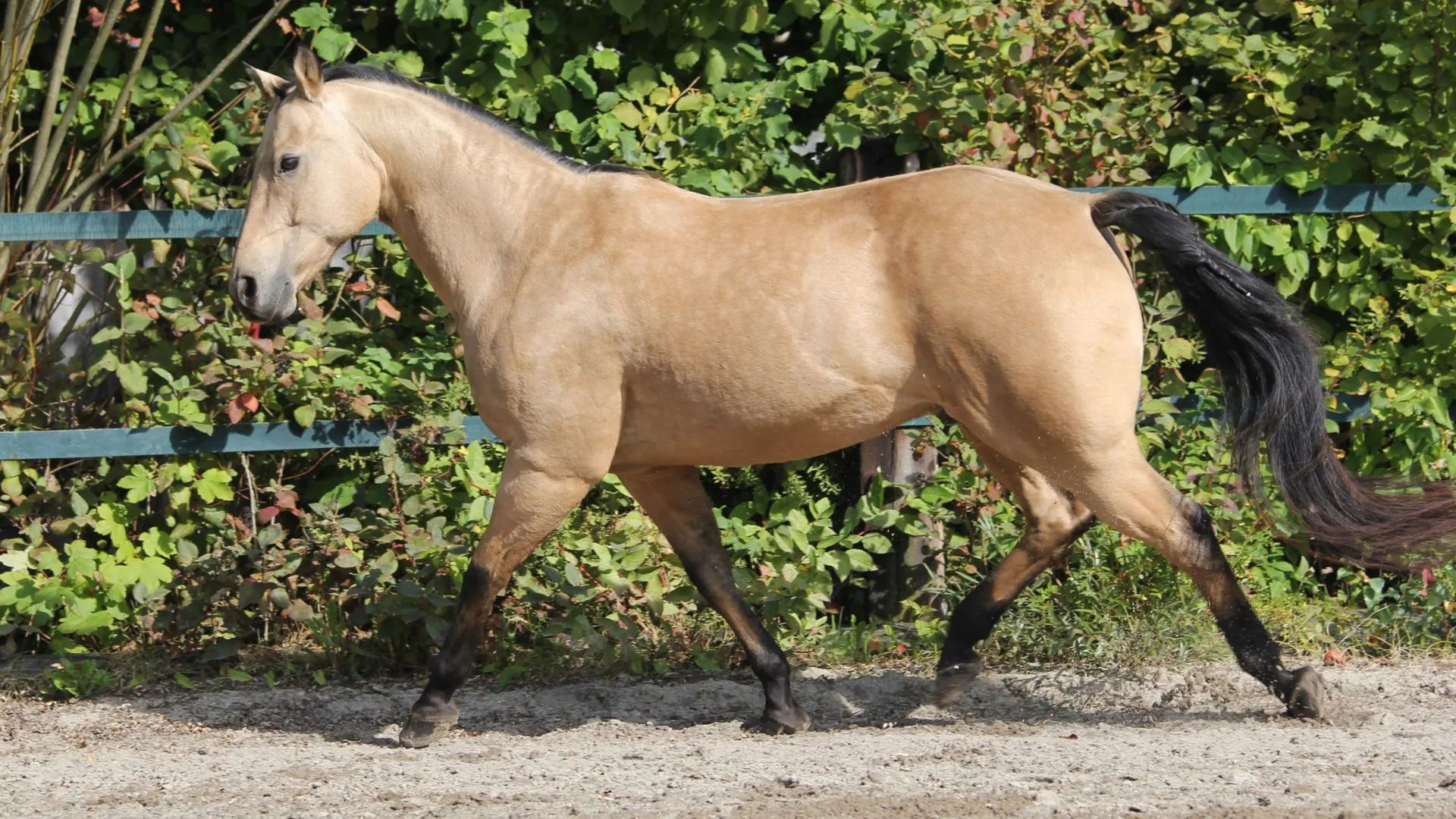Last updated: April 21, 2024
Few horse colors capture the imagination quite like the golden Palomino. Among the most iconic Palominos was Trigger, the ‘Smartest Horse in the Movies,’ who galloped alongside Roy Rogers in numerous Hollywood films. Trigger’s legacy as a symbol of the Western spirit is admired for his flashy color and intelligent antics.
Today, Palominos continue to captivate us with their striking appearance and versatility across various equestrian disciplines. This article explores the world of Palomino horses, covering the genetics behind their unique color, their rich history, and their presence in different horse breeds. Join me as we uncover the characteristics that make Palomino horses a beloved fixture in the equine world.

Characteristics and Genetics of Palomino Horses
Palomino horses stand out with their stunning golden coats and contrasting light manes and tails, a distinctive appearance deeply rooted in their genetics.
The Allure of Golden Coats
The essence of a Palomino’s allure lies in its coat color, a spectrum ranging from light cream to rich gold. This variation is influenced by factors such as diet, season, and underlying genetics, showcasing the breed’s natural beauty and diversity.
Contrast of Mane and Tail
A signature trait of Palominos is the striking contrast between their golden bodies and their white or light cream manes and tails. This contrast enhances their appearance, making them stand out among equines.
Genetic Foundation
The unique coloration of Palomino horses results from a specific genetic combination. A single cream dilution gene, known scientifically as the ‘Ccr’ gene, acts upon a chestnut base coat. This gene modifies the red pigment in the chestnut coat, yielding the golden hue characteristic of the Palomino.
- Chestnut Base Coat: The foundation of the Palomino color is a chestnut coat, genetically denoted as ‘ee’. This indicates that the horse has inherited the red pigment from both parents.
- Cream Dilution Gene: The presence of the ‘Ccr’ gene dilutes this red pigment, transforming the chestnut base into the iconic golden color of the Palomino. A single copy of this gene is sufficient to produce the Palomino coloration.
The Complexity of the Cream Gene
Ongoing genetic research explores the cream dilution gene that gives Palominos their golden color, which can vary significantly, producing a wide range of shades.
Breeding for the Golden Hue
Breeding Palomino horses aims for the right genetic mix—combining one parent’s chestnut gene (‘ee’) with another’s cream dilution gene (‘Ccr’). Although genetic testing can predict outcomes, results can still vary, highlighting the complexities of equine genetics.
Shades of Palomino: Table
| Palomino Color Variation | Description | Key Characteristics |
|---|---|---|
| Light Palomino | Light, sandy-colored body with a white mane and tail. | Creamy white coat, often mistaken for cremello; brown skin pigmentation. |
| Golden Palomino | Rich, gold coin-like coat with a white mane and tail. | Most recognizable and desired; coat color can change with age and diet. |
| Chocolate Palomino | Dark, almost brown coat with a white mane and tail. | Rare; often has black or brown hairs in the mane or tail. |
| Pearl Palomino | Gold chestnut color is influenced by the champagne gene. | Very rare; often has green or blue eyes; mostly found in Andalusian and Lusitano breeds. |
| Champagne Palomino (Not a true palomino) | Gold chestnut color influenced by the champagne gene. | Not a true palomino; pink skin and bright sky-blue eyes. |
Connection to Ancient Lineages
Genetic mapping has traced the cream dilution gene back to ancient horse populations, suggesting that the Palomino coloration naturally occurred in wild horse herds. This discovery challenges the notion that Palominos are purely a product of selective breeding, highlighting a deep-rooted connection to the genetic legacy of ancient horses.
By exploring the striking characteristics and complex genetics of Palomino horses, we can gain a deeper appreciation for their unique beauty and the scientific intrigue they hold. These horses are a testament to the diversity of the equine world and the intricate interplay of genetics and appearance.

The History and Evolution of Palomino Horses
The story of the Palomino horse is a fascinating journey that intertwines with human civilization, spanning continents, cultures, and centuries.
Origins in the Sands: The Evolutionary Tale
The distinctive golden coloration of Palomino horses is believed to have its roots in the ancient Arabian and Barb breeds. These horses adapted to their desert environments and had coats that mirrored the golden sands around them, providing camouflage and helping regulate body heat.
The Arabian and Barb breeds were highly valued for their beauty and endurance, and historical breeding practices often favored the striking golden coloration. This selective breeding helped spread the Palomino coloration as these horses were traded and bred across continents.

Royal Emblems and Cultural Icons
Throughout history, Palominos have been associated with royalty and nobility. Their golden hue was seen as a symbol of wealth, purity, and divine favor. European monarchs, particularly during the Renaissance, prized these horses for their beauty and rarity, making them exclusive to royal stables and processions.
Beyond Europe, the allure of Palominos has been recognized by various civilizations. They were revered in ancient Persian legends, celebrated in Greek mythology, and cherished by Native American tribes as symbols of the sun’s life-giving energy.
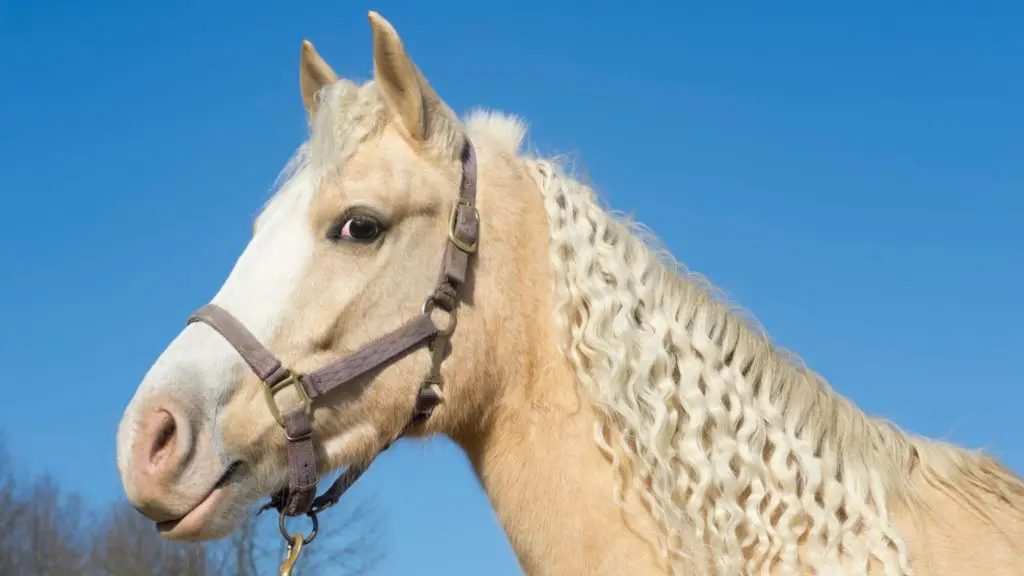
The Spanish Influence: A New World Legacy
One of the most pivotal moments in the history of Palomino horses was their introduction to the Americas by Spanish explorers. Queen Isabella of Spain, known for her fondness for these golden horses, ensured their presence in the expeditions to the New World.
This strategic move not only expanded the geographical range of Palominos but also integrated them into the emerging cultures of the Americas, where they became symbols of exploration, conquest, and cultural exchange.
The history of Palomino horses spans eras and empires. From their evolutionary origins in the deserts to their status as symbols of royal power and cultural reverence. What qualities do you think have made Palomino horses enduring symbols of beauty and nobility through the ages?
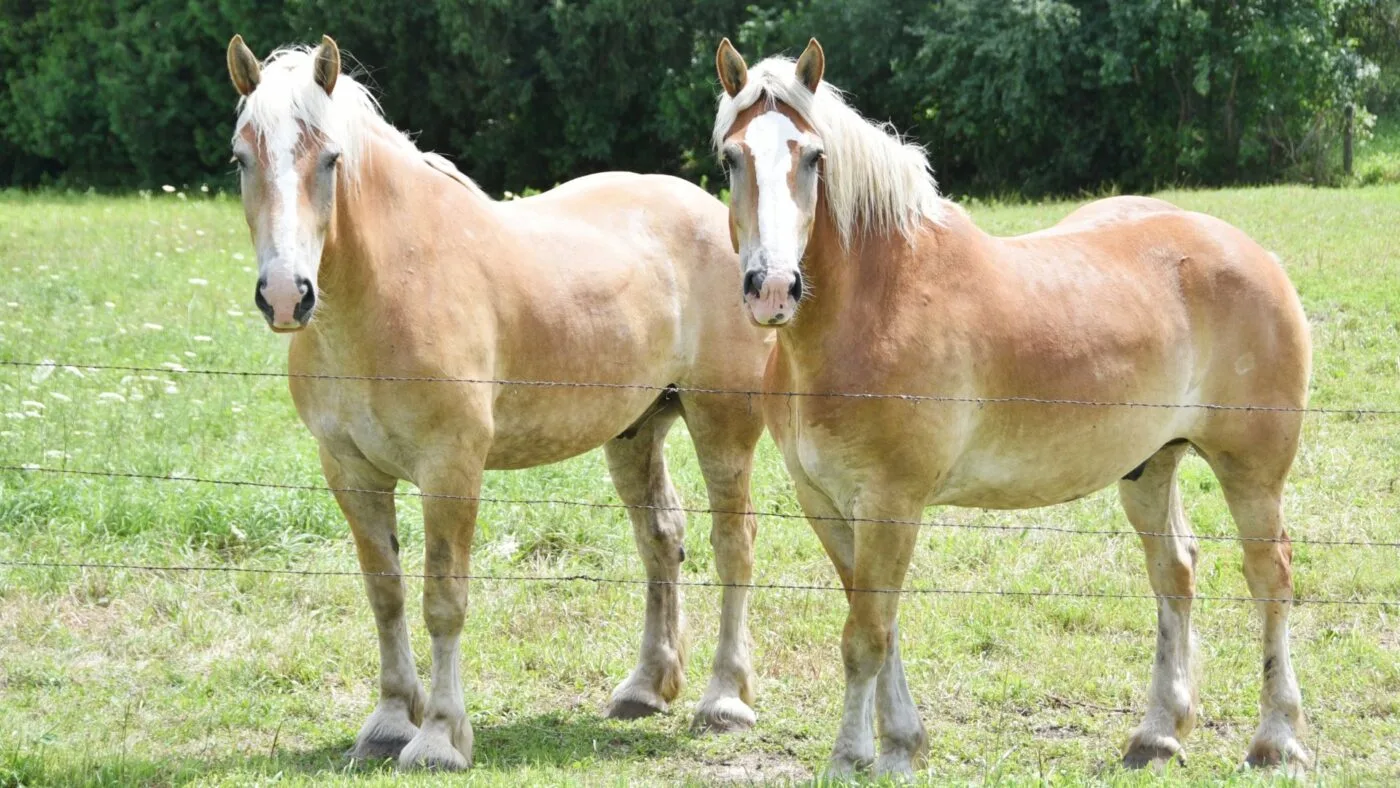
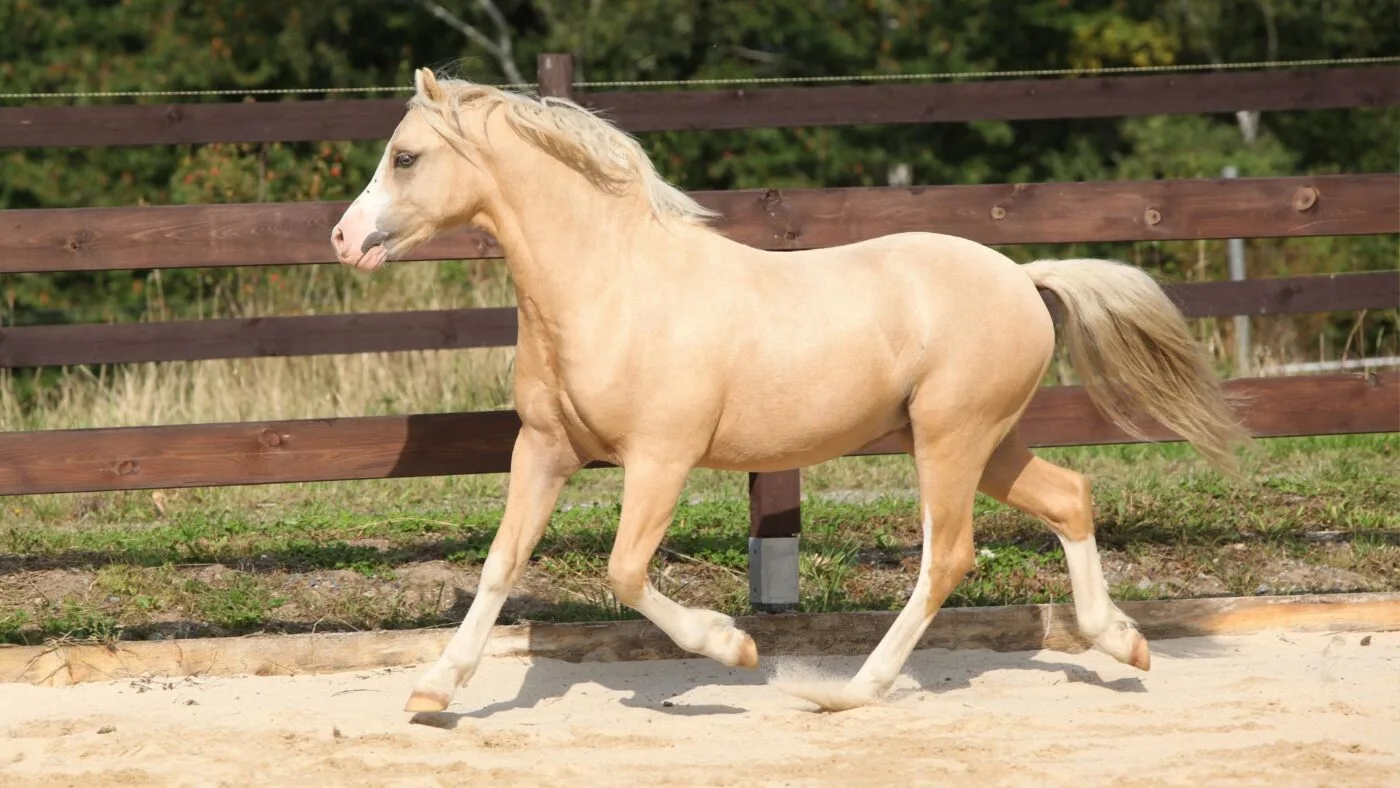
Palomino Horse Breeds
The Palomino color enhances various horse breeds, each adding unique qualities to this stunning coloration. Below is an overview of breeds that commonly feature the Palomino color:
- Quarter Horse: Renowned for their agility and speed, Palomino Quarter Horses shine in disciplines ranging from rodeo to racing. The American Quarter Horse Association acknowledges Palomino as a color, favoring a deep gold hue.
- Belgian: This draft breed occasionally showcases Palominos, especially striking given their large stature and strength. The golden color contrasts beautifully with their powerful build, making Palomino Belgians a rare and eye-catching sight.
- Thoroughbred: While not as common, Palomino Thoroughbreds exist and are especially prized for their unique color. This color, combined with the breed’s athletic build and racing prowess, adds a layer of visual appeal to this already elegant breed.
- Morgan Horse: Compact and versatile, Morgans with Palomino coloring are sought after for their beauty and all-around capabilities. The Morgan Horse Association recognizes Palomino as a desirable color.
- Andalusian: Palomino Andalusians are exceptionally rare and valued. Their golden coats enhance the breed’s noble carriage and graceful movements, making them stand out in any setting.
- Arabian: Though less common due to genetic color limitations, Palomino Arabians are highly treasured for their exotic beauty and the rarity of the color within the breed. These horses combine the Arabian’s distinctive head shape and high tail carriage with the stunning Palomino color.
Breed Standards for Palomino Registration
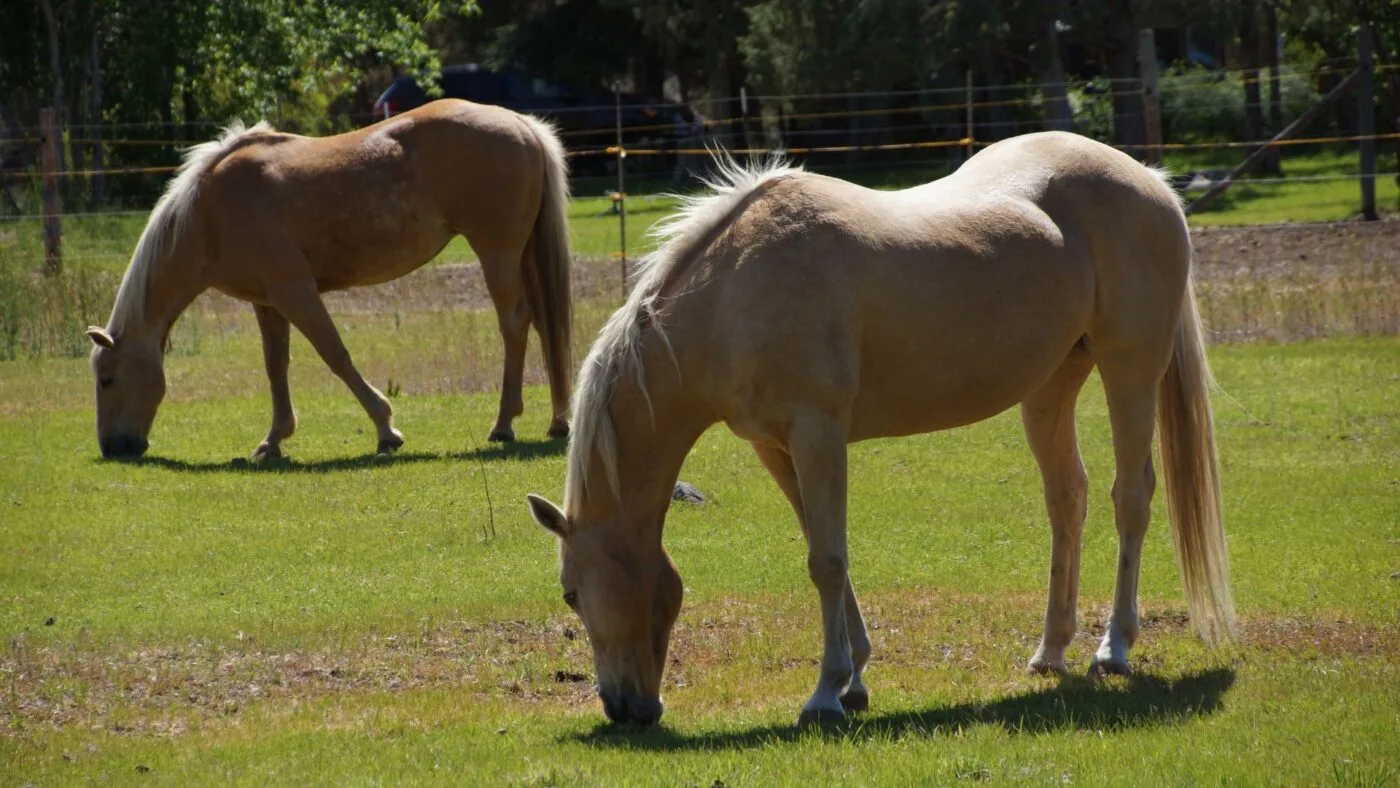
Breed standards for Palominos highlight a consistent golden coat and white or nearly white mane and tail. The Palomino Horse Breeders of America (PHBA) establishes detailed criteria for registration, focusing on coat color, skin pigmentation, and eye color.
These standards celebrate the Palomino color across different breeds, enhancing the equine world’s diversity and beauty. The striking Palomino color features in many breeds, from the muscular Belgian Draft to the elegant Arabian, each bringing unique traits. Which Palomino breed do you admire most, and why?
Explore the world of Palomino Horses with this insightful YouTube video by Seriously Equestrian.
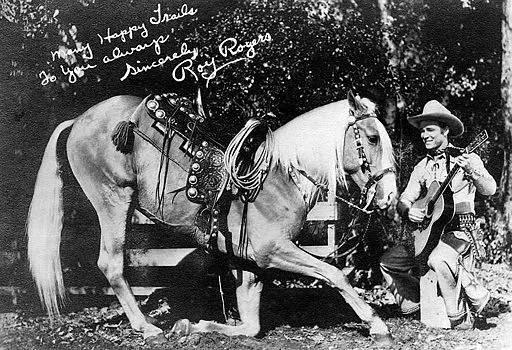
Famous Historical Figures and Palominos
Palomino horses have left their mark throughout history and on the silver screen, becoming a significant part of human culture.
Icons of the Silver Screen
- Trigger and Roy Rogers: No discussion of Palominos in popular culture is complete without mentioning Trigger, the “Smartest Horse in the Movies,” and his rider, Roy Rogers. This dynamic duo captured the hearts of the American public, with Trigger becoming an icon of Western films. His intelligence and striking appearance made him a star in his own right, featuring in over 80 movies and numerous television shows.
Mythology and Literature
- Pegasus, the Winged Horse: Often depicted as a gleaming Palomino, Pegasus from Greek mythology symbolizes freedom and inspiration. This celestial creature, born from the blood of Medusa, has inspired countless stories and artworks, highlighting the Palomino’s mythical status across cultures.
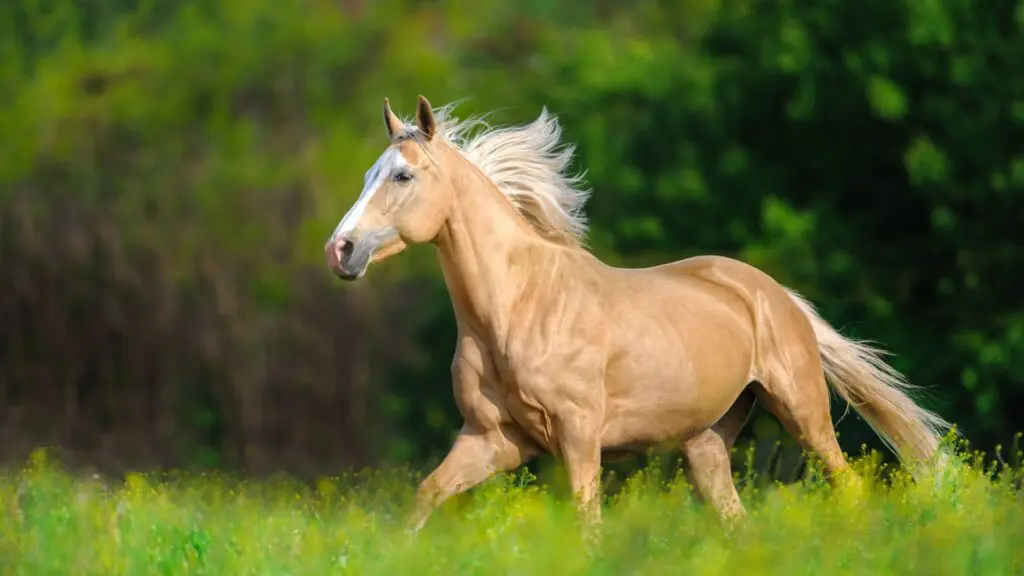
Care Tips for Your Palomino Horse
Caring for a Palomino horse involves more than admiring its stunning golden coat; it requires a dedicated approach to ensure their health and well-being.
Diet: Nutrition for a Golden Glow
A balanced diet is crucial for maintaining the health and the radiant coat of a Palomino.
- Balanced Nutrition: Incorporate a diet rich in vitamins and minerals to support their overall health. Ensure a mix of quality hay, grains, and pasture access.
- Coat Health: Add supplements like flaxseed or fish oil to enhance the coat’s luster. However, consult a veterinarian to tailor supplements to your horse’s needs.
- Avoid Overfeeding: Palominos can be prone to weight issues like other horses. Monitor their diet to prevent obesity, which can lead to health problems.
Dr. Jane Cooper, an equine veterinarian with over 30 years of experience, advises, “The key to a healthy Palomino coat lies in a balanced diet. Ensure your horse gets all the necessary nutrients without overfeeding.”
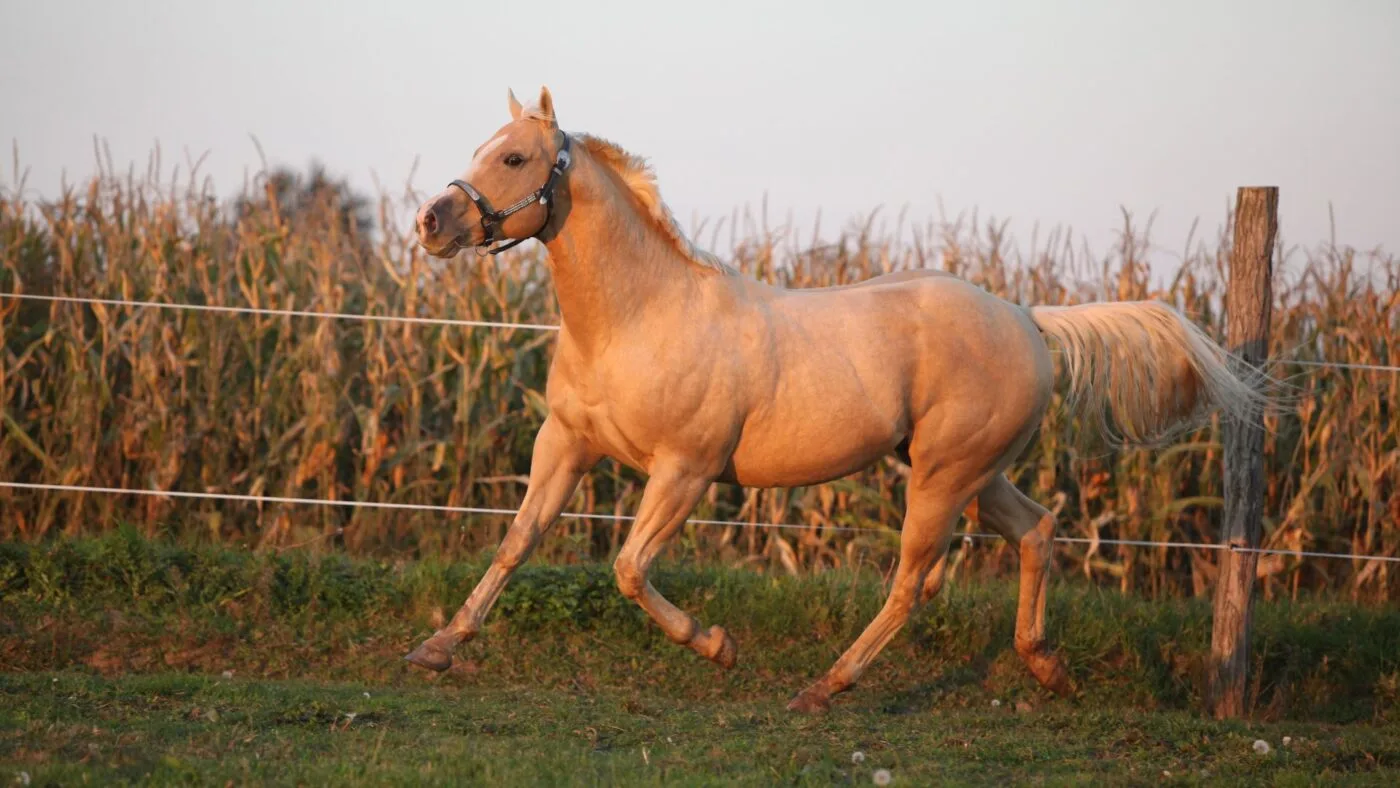
Grooming: More Than Skin Deep
Regular grooming is not just about maintaining the aesthetic appeal of a Palomino’s coat; it’s a crucial aspect of their overall health and well-being. My experience with my own Palomino has taught me the importance of consistent grooming, especially since he looks more rugged and dirtier than my other horses when not groomed.
- Regular Brushing: Daily brushing removes dirt, debris, and loose hair. For my Palomino, this routine keeps his golden coat shining and helps me identify potential skin issues early on.
- Mane and Tail Care: Palominos are known for their beautiful white manes and tails, which can easily become tangled and dirty. I use detanglers and conditioners to keep my Palomino’s mane and tail smooth and manageable.
- Bathing: While it’s important to maintain the natural oils in their coat, regular bathing is necessary for Palominos to prevent staining and to keep their unique color as vibrant as possible. I’ve found that using a gentle equine shampoo can significantly affect my Palomino’s appearance.
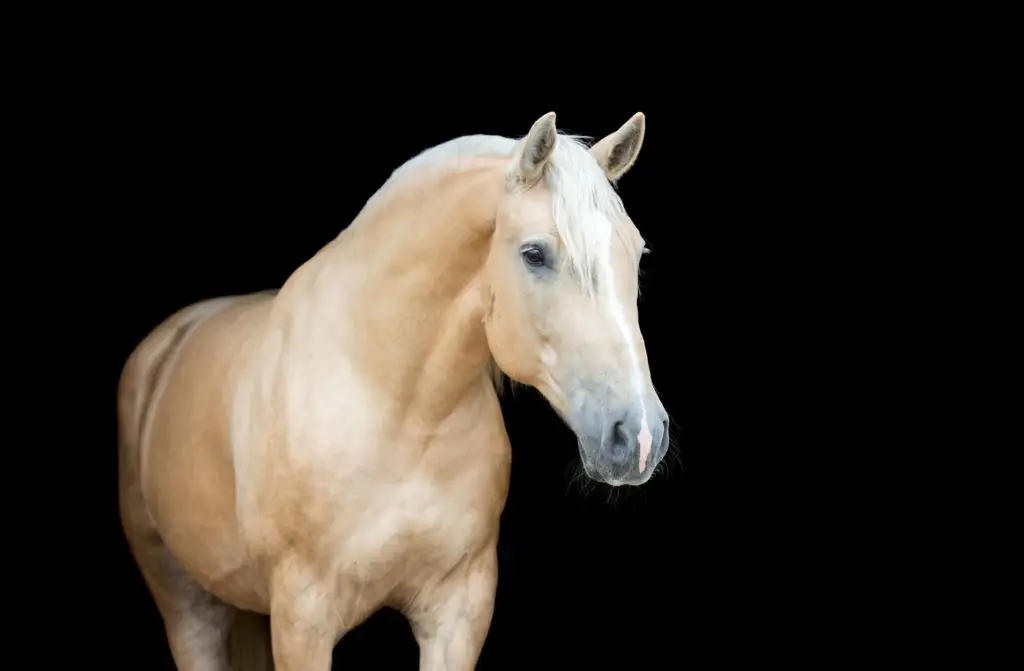
Health Care:
- Regular Vet Check-ups: Schedule routine veterinary visits for vaccinations, dental care, and general health assessments, which are crucial for every horse’s well-being.
- Parasite Control: Implement a deworming program to keep internal parasites at bay, a common necessity for horses of all types.
- Hoof Care: Regular farrier visits are crucial for maintaining hoof health and preventing lameness in any horse.
Exercise:
- Regular Exercise Routine: Ensure your horse gets adequate exercise to maintain fitness. This includes riding, lunging, or free movement, which is vital for all breeds.
- Tailored Workouts: Adjust the exercise regimen according to the horse’s age, health, and discipline, which benefits all horses.
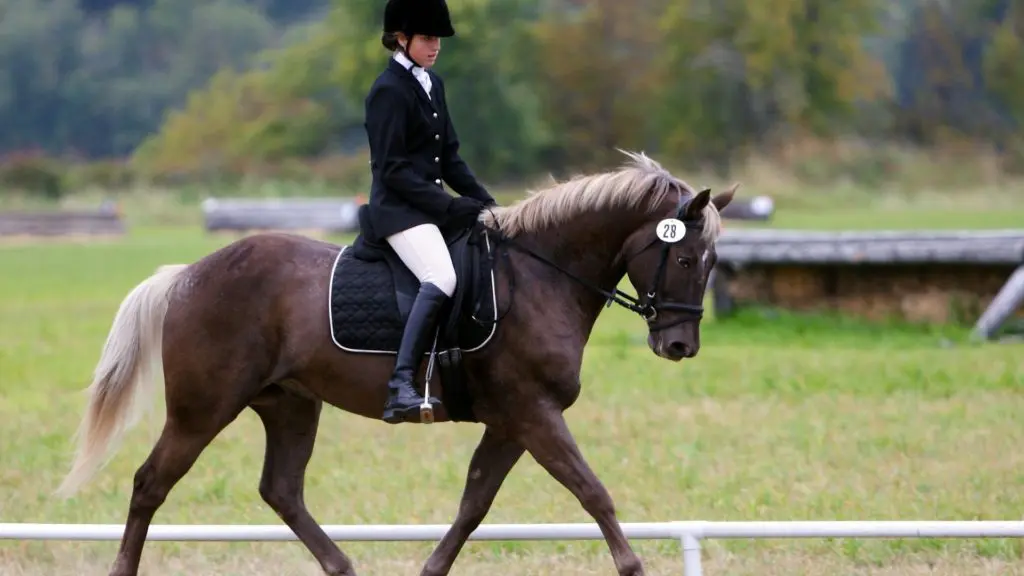
Palominos in Equestrian Sports
Palominos have made their mark in various equestrian sports, showcasing their adaptability:
- Dressage and Show Jumping: Palominos, particularly those with Warmblood or Thoroughbred lineage, have been successful in dressage and show jumping, demonstrating grace and precision.
- Trail and Pleasure Riding: Many Palomino riders enjoy trail and pleasure riding, in which the horse’s calm demeanor and steady gait are crucial.
Celebrating Success Stories
- Barrel Racing: DM Sissy Hayday, affectionately known as Sister, is a testament to the excellence of Palomino horses. She was honored as the Palomino Horse Breeders Heritage Foundation Horse of the Year in 2019. Sister’s remarkable achievements include surpassing $1 million in barrel racing winnings and setting records at prestigious events like the Wrangler National Finals Rodeo.
- Racing: Old Fred, a Palomino foaled in 1894, stands as a significant figure in the history of Quarter Horses. Old Fred transitioned from a workhorse to a prestigious foundation sire renowned for producing exceptional running Quarter Horses.
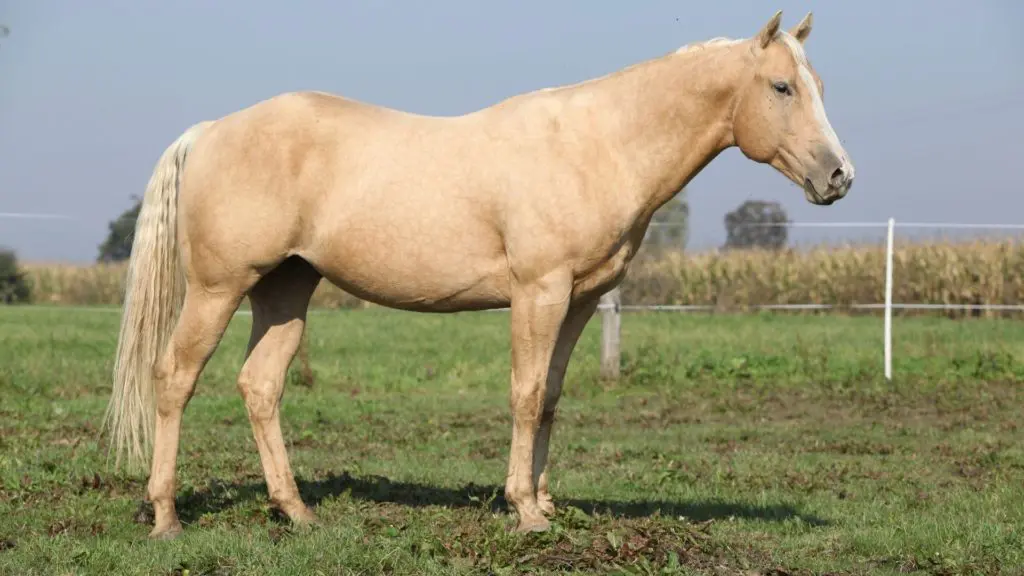
Palomino Horse Associations and Registries
Several associations and registries are dedicated to Palomino horses, playing a crucial role in their promotion, registration, and conservation.
- Palomino Horse Breeders of America (PHBA): This organization is dedicated to registering and improving Palomino horses and offers resources and support to breeders and owners.
- Palomino Horse Associations: Various countries have their own Palomino registries and associations, each with specific guidelines and standards for registration.
These organizations not only maintain breed standards but also promote ethical breeding practices and the overall welfare of Palomino horses.
FAQs about Palomino Horses
What exactly is a Palomino horse?
A Palomino is not a breed but a color type that features a golden coat with a white or light cream mane and tail. This color can appear in many horse breeds.
Can any horse breed be a Palomino?
While not every horse breed can produce a Palomino color due to genetic limitations, many breeds have Palomino individuals, including Quarter Horses, Thoroughbreds, Arabians, and Morgans.
How is the Palomino color inherited?
The Palomino color results from a combination of a chestnut base coat and a cream dilution gene, which lightens the red/gold pigment but not the black, resulting in the golden coloration.
What are some good names for Palomino horses?
Choosing a name for your Palomino horse can be as exciting as it is challenging. You’ll want a name that reflects their unique personality, stunning color, and perhaps even their lineage. To help you in this delightful task, I’ve compiled a list of creative and inspiring Palomino horse names.
What are Palominos known for?
Palomino horses are known for their flashy coloring, whose coat is often a bright, rich gold. In the sun, it glimmers and contrasts starkly with its white mane and tail. When they are born, these horses typically have dull a coat that brightens to golden as they grow up.
Are Palomino horses more expensive than horses of other colors?
The price of a Palomino horse can vary widely based on factors like breed, pedigree, training, and performance ability rather than color alone. However, their striking appearance can sometimes command higher prices in the market.
How do you care for a Palomino horse’s coat to maintain its color?
Regular grooming, protection from excessive sun exposure to prevent fading, and a balanced diet can help maintain a Palomino’s coat’s vibrant golden color.
Conclusion: Celebrating the Splendor of Palomino Horses
As we wrap up our journey through the world of Palomino horses, we’ve covered everything from their stunning golden coats to their rich history and the genetics behind their unique color. These horses are more than just their beauty; they’re athletes, companions, and a testament to the diverse world of equines.
Now, it’s your turn to share. Have you had any memorable experiences with a Palomino horse? What do you love most about them? Drop your stories and thoughts in the comments below. And if you have a Palomino, we’d love to see them! Feel free to send in photos of your horse.
Your input helps build a community of horse lovers who appreciate the beauty and diversity of Palomino horses. Whether you’re an owner, a rider, or someone who admires them from afar, your experiences and photos are welcome here.
Let’s keep the conversation going and continue to share our love for Palomino horses. Don’t forget to sign up for our newsletter for more horse-related content, and if you have any questions, feel free to reach out directly. Let’s hear about your Palomino experiences.
Reader Poll: Share Your Thoughts
Now that you’ve learned about the fascinating world of palomino horses, we’d love to hear from you. Please participate in our poll to share what aspect of palomino horses you find most captivating.

